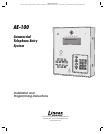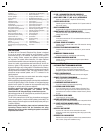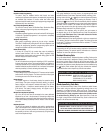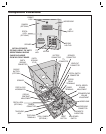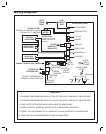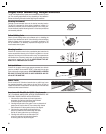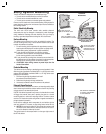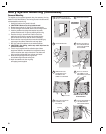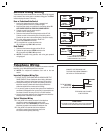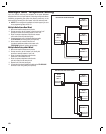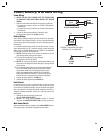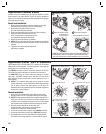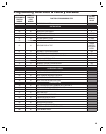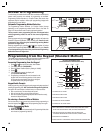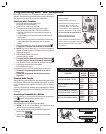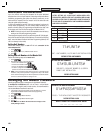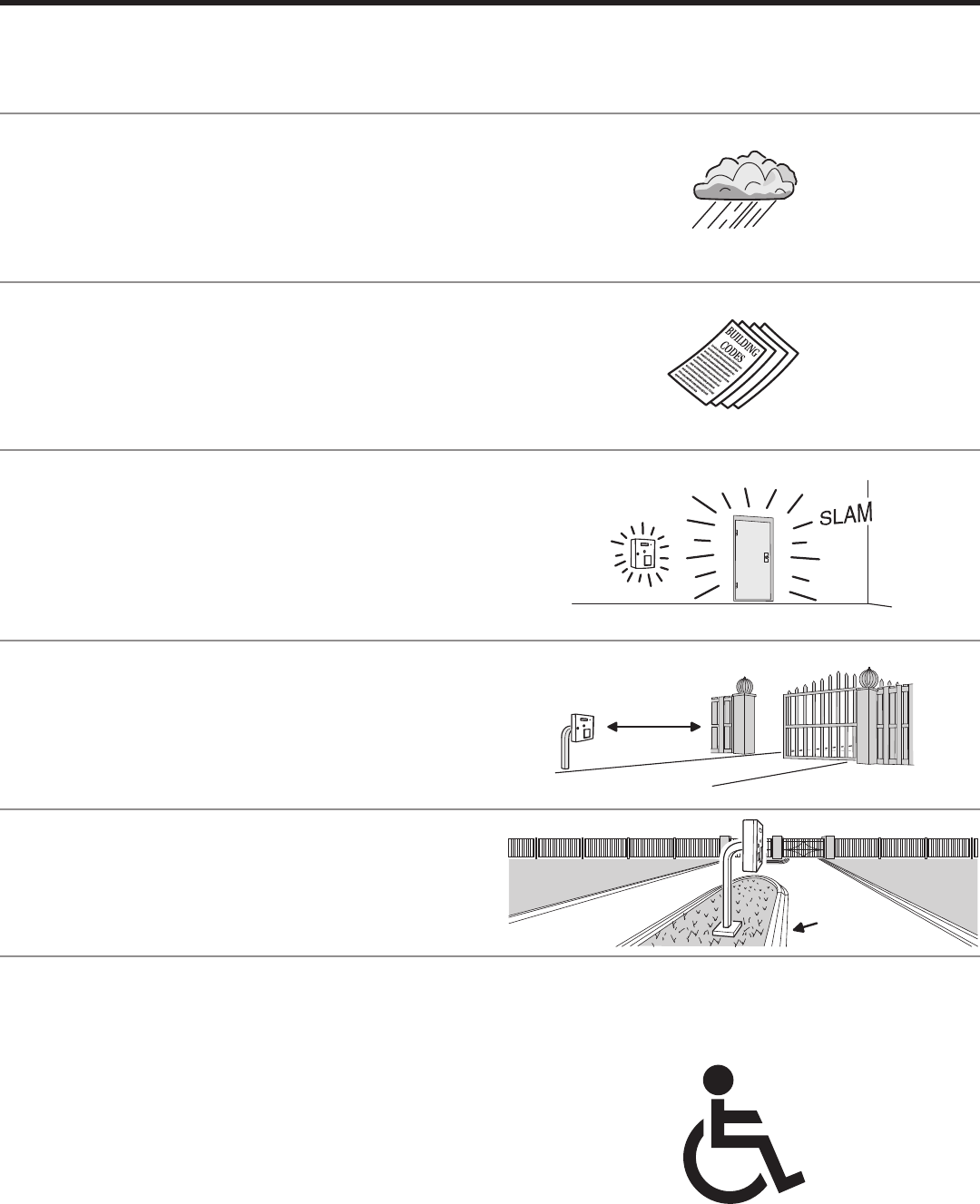
6
Important Mounting Requirements
The AE-100 Telephone Entry System can be installed for public or private
use. The mounting requirements will vary depending on the installation.
Review the following information before beginning the installation.
Mounting Environment
Consider the environmental factors at the desired mounting location.
The AE-100 is designed for direct outdoor installations, however, it is
preferable to protect the unit from extreme exposure to sun, driving rain,
or snow whenever possible. Mounting the unit in a kiosk can provide extra
environmental protection.
Follow Building Codes
Check all local building codes and ordinances prior to installing the
system. Proper installation of the AE-100 conforming to the local building
codes for access control equipment is a regulatory requirement. The
AE-100 installation is an extremely important and integral part of the
overall access control system.
Mounting Location
If the AE-100 is used to control a door or pedestrian gate, locate the unit
as near as practical to the entry point. If the unit is mounted on or in a wall
adjacent to the entry point, be sure the wall is sturdy. The repeated shock
and vibration from a slamming access door or spring-loaded pedestrian
gate must be isolated from the AE-100. NEVER MOUNT THE UNIT
DIRECTLY TO A MOVING DOOR OR GATE!
Gate Installations
If the AE-100 is used to control a gate operator connected to a vehicular
gate, the unit MUST be mounted AT LEAST 10 feet away from the gate
(open and closed) and gate operator. AT NO TIME SHOULD A PERSON
BE ABLE TO TOUCH THE GATE OR GATE OPERATOR AND THE
AE-100 AT THE SAME TIME.
Vehicle Traffi c
Do not mount the AE-100 where it extends into any traffi c lane. Locate
the gooseneck pedestal or entry kiosk so all parts of the AE-100 are
outside the traffi c lane. Locate the AE-100 clear of any turn-around lanes
vehicles use when access is denied.
Americans with Disability Act (A.D.A.) Requirements
THE FOLLOWING WHEELCHAIR ACCESS REQUIREMENTS ARE
FOR PUBLIC DOOR CONTROL INSTALLATIONS ONLY.
1. If the clear fl oor space allows only forward approach to
the system, the maximum high forward reach allowed
is 48” above grade to the top of the keypad.
2. If the high forward reach to the system is over an obstruction of
greater than 20” but less than 25”, the maximum high forward
reach allowed is 44” above grade to the top of the keypad.
3. If the clear fl oor space allows parallel approach by a
person in a wheelchair, the maximum high side reach
shall be 54” above grade to the top of the keypad.
4. If the high side reach is over an obstruction of 24”
or less, the maximum high side reach allowed is
46” above grade to the top of the keypad.
EDGE OF
TRAFFIC LANE
10 FEET
MINIMUM
!
?
?
?
?
?
?



